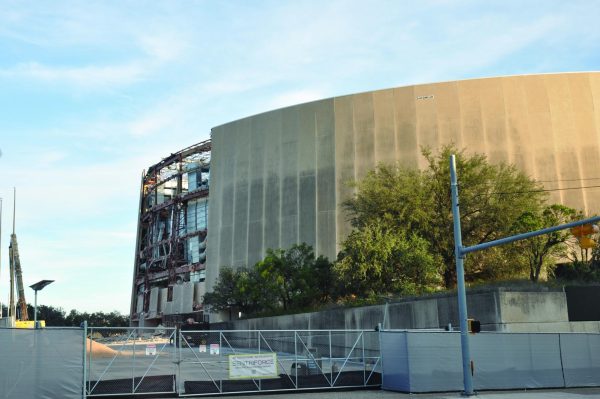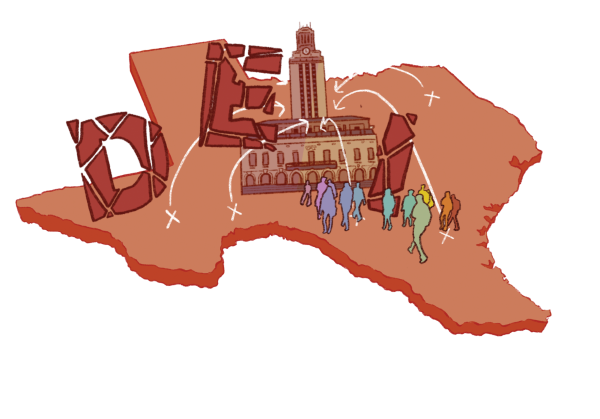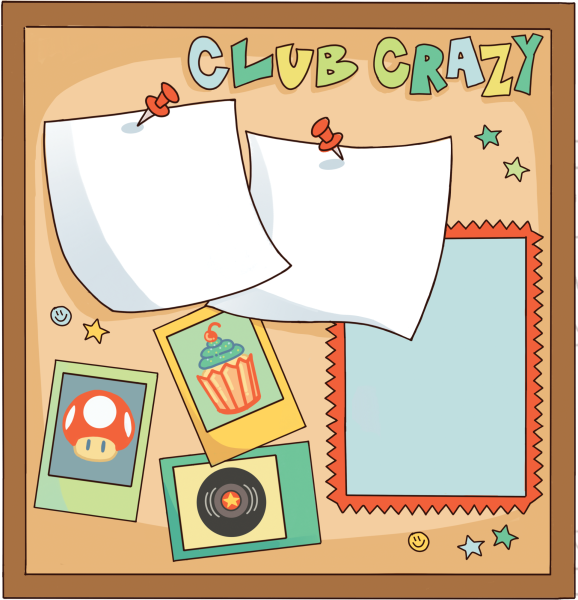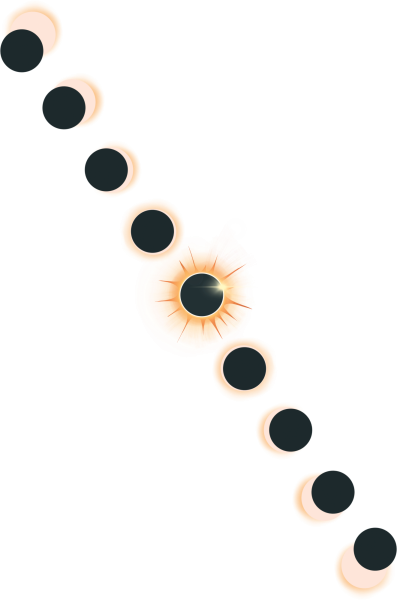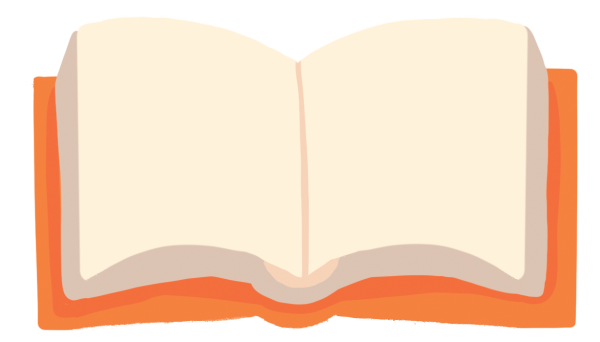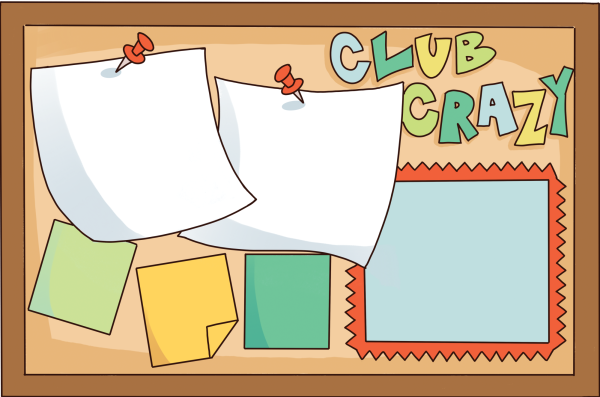Biotech Receives $50,000 Grant for DNA Sequencer
December 17, 2021
Running a biotech classroom can be an expensive feat. Basic tools such as pipettes can run $300 a piece, centrifuges at $1,000, and PCR machines at $3,000. But, this year, the LASA biotech class received a $50,000 dollar grant to obtain one item: a DNA sequencer.
The grant was provided by the National Science Foundation, an organization that works to fund promising research projects from scientists and expand the scope of sciences within American schools and universities. A DNA sequencer, as explained by biotech teacher Joseph Oleniczak, is something a student can use to sequence DNA by loading samples in, allowing the device to go through a series of reactions that can reveal more information about the DNA.
LASA wasn’t randomly selected by the National Science Foundation to receive the large grant. Rather, Oleniczak had to come up with a normal grant proposal, and later had the idea of using a sequencer in the classroom.
“The National Science Foundation has what they call a request for proposals that is on the National Science Foundation website,” Oleniczak said. “I went and read through that request for proposals, and I came up with a project idea to bring DNA sequencing to our campus, and I wrote a proposal project for that particular request for proposal.”
With the sequencer, Oleniczak plans to reduce the time required to perform certain labs in class while also exposing students to more aspects of a biotech-related environment. In the past he said students’ samples would be sent off to a different facility.
“I’m excited,” Oleniczack said. “I hope that the sequencing capabilities attract more students to the program, and I’m also excited to have my students trained on this high level instrumentation as a way for them to learn job related skills that they could use in a lab that had high level instrumentation.”
Oleniczak’s enthusiasm seems to resonate with students who have taken biotech or worked in a biotech lab previously. Senior Nafi Baksh, who took biotech prior to the sequencer grant, is one of these students.
“Our biotech lab is already really cool to work in, but this sequencer is going to make it even more exciting to work in,” Baksh said. “It kind of sucks that I took Biotech last year and didn’t sign up for the internship this year, but it’s cool to know future students get to work with such a machine.”
Baksh understands the significance of bringing in a DNA sequencer to a high school classroom, and how it can benefit future students. Biotechnology combines subjects like biology and technology, to create products.
“I feel like biotechnology is an industry that is being slept on,” Baksh said. “There’s so much potential for growth in the field, yet I haven’t seen too many students that understand the industry well. Hopefully future students can better understand the importance of biotechnology, and maybe there’s a student that would love to work in a biotech lab, but hasn’t realized it.”
Junior Leelai Teshome is currently taking Biotech with Oleniczak. As one of the students who will be the first to interact with the sequencer, he says he is very excited to work with the machine next semester.
“I heard that in the second semester we’ll be the first students to use a sequencer, which I’m going to brag about,” Teshome said. “Jokes aside, I’ve been really enjoying biotech this year, and previous underclassmen have had the same sentiment. So for us to use the sequencer next semester even when I already know it’s going to be fun without it, I can’t wait to start using it.”
Teshome also realizes that the sequencer would make the biotech class even more tempting to take than it already is, likely pulling in more students than in previous years. LASA is one of the only highschools in the country to gain access to a DNA sequencer on campus, according to Teshome.
“I’m pretty sure there’s other students like me who’ve taken Biotech because previous upperclassmen have talked about how easy, fun, and cool the class is,” Teshome said. “I have no doubt though, that the sequencer and future grants will make even more students want to take the class.”

